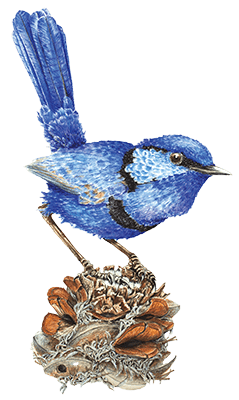Organising Committee
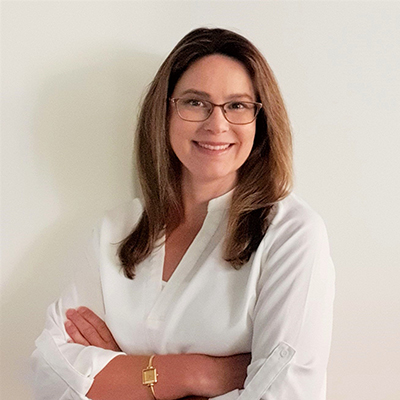
Dr Renee Young
Conference Chair
Program Director, Conservation & Restoration, The Western Australian Biodiversity Science Institute
Renee is the Program Director for Conservation and Restoration at The Western Australian Biodiversity Science Institute. Renee is an experienced manager and environmental scientist specialising in ecological restoration, with recent projects showcased at The UN Climate Change Conference (COP28, COP26) and UN Biodiversity Conference (COP 15).
Working with government, industry and research, Renee collaborates widely to ensure outputs are applied and readily implementable. Her on-ground knowledge, experience in restoration, and understanding of the limitations and challenges currently faced within the sector, assists her to facilitate and coordinate the multi-disciplinary programs of work required to overcome some of the biggest barriers to ecological restoration.
Renee has a BSc in Botany and Zoology and a PhD in ex situ conservation which she completed with Kings Park.
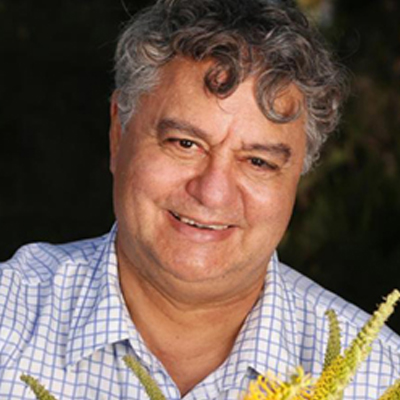
Professor Stephen van Leeuwen
Conference Co-Chair
BHP/Curtin Indigenous Professor in Biodiversity & Environmental Science,
Curtin University
Stephen is a botanical ecologist and respected Indigenous leader with strong links to Country in the Busselton and Margaret River areas of south-west Western Australia. Since 2019, he has been the inaugural BHP-Curtin Indigenous Chair of Biodiversity and Environmental Science, where he works to build collaborative relationships with Traditional Owners and other land managers to co-deliver novel and enduring outcomes for biodiversity conservation, bio-cultural land management, training pathways, and the stewardship of Country.
Stephen is the Director of the Australian Research Council Training Centre for Healing Country; Deputy Leader and Senior Indigenous Facilitator of the National Environmental Science Program (NESP) Resilient Landscapes Hub. He is also a member of key environmental boards and advisory panels, including: the Federal Environmental Indigenous Advisory Committee and Threatened Species Scientific Committee; the Botanic Gardens and Park Authority; the Indigenous Working Group to the Ecological Society of Australia; The Nature Conservancy, and Bush Heritage Australia’s Science and Conservation Committee.

Associate Professor Dylan Korczynskyj
Conference Committee
School of Science, The University of Notre Dame Australia
Dylan is an ecologist at the University of Notre Dame Australia with diverse research interests spanning botany to zoology, ecophyisology, fire ecology, evolution and environmental restoration. Dylan joined Notre Dame in 2003 to support the establishment of the Bachelor of Science and lead the review and refinement of the Program as is delivered today. Dylan has contributed more broadly to the leadership of the University, including in the role of the School Dean.
Shaping his research and academic experience, Dylan has taught at Curtin University, worked with Agriculture WA and supported research by the then Department Conservation and Land Management. His teaching experience, skill and commitment to student learning has been recognised by the University and further afield. Dylan also enjoys promoting science within our community, supporting the Ecological Society of Australia, National Science Week, collaborating with PICA gallery, and contributing to initiatives such as The Biodiversity Conference.

Dr Lesley Gibson
Conference Committee
Department of Biodiversity, Conservation and Attractions
Lesley is a Principal Research Scientist within Biodiversity and Conservation Science of the Department of Biodiversity, Conservation and Attractions (DBCA) where she leads the Animal Science Program. Dr Gibson provides scientific leadership to a team that aims to better understand the factors and processes that are critical for the conservation of Western Australia’s rich and unique native fauna.
Lesley formerly led the Biogeography Program within DBCA and coordinated a major survey of the Kimberley islands as well as several other surveys in various parts of the state, and was the Program Director of Biodiversity Survey with the Western Australian Biodiversity Science Institute on secondment for three years. She holds an Adjunct Associate Professor position at the University of Western Australia.
Throughout her career Lesley has applied her research to complex conservation problems to better inform the effective protection of Australia’s phenomenal wealth of biodiversity values.
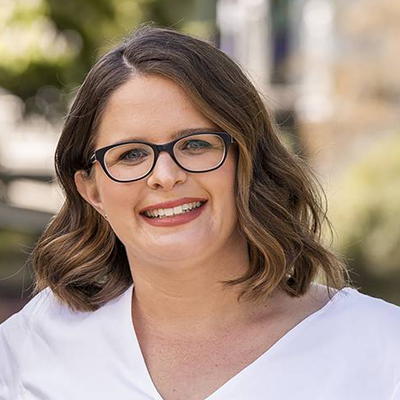
Dr Essie Rodgers
Conference Committee
Lecturer, School of Environmental and Conservation Sciences, College of Environmental and Life Sciences, Murdoch University
Dr Essie Rodgers is the Head of the Conservation Physiology and Aquaculture Lab (www.rodgerslab.com) in the School of Environmental and Conservation Sciences. Essie is building a reputation as an emerging leader in the field of Conservation Physiology, which investigates the mechanistic underpinnings of species responses to a rapidly changing world and identifies novel conservation solutions.

Dr Anna Hopkins
Conference Committee
Anna is a conservation biologist and fungal ecologist, with experience working with soil microbes, plant-fungal-fauna interactions and fungal plant pathogens in eucalypt and other broadleaved forests and pine plantations in both Australasia and Scandinavia. More recent interests include understanding the link between mycorrhizal fungi, fauna conservation and plant ecology, and using next-generation sequencing of microbes to answer broad ecological and management-based questions.
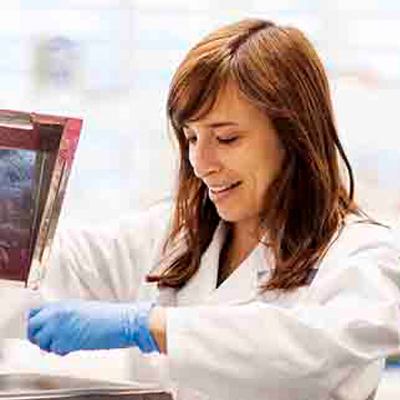
Dr Renee Catullo
Conference Committee
Renee is an evolutionary biologist at the School of Biological Sciences at the University of Western Australia, specialising in conservation genetics, with a side gig in anything frog. She led an extensive project on the conservation genetics of fauna species impacted by the 2019-20 bushfires, supported by the National Environmental Science Program. Renee works directly with conservation agencies to help ensure management of threatened species helps them persist in the long-term.

Rachel Newsome
Conference Committee
Rachel is a PhD candidate and Forrest Scholar working at the PEAC Laboratory, Murdoch University and Save Our Seas Foundation D’Arros Research Centre examining fine-scale activity regimes and relative energetics of reef manta rays using bio-logging approaches. Her research interests include ecophysiology and biomechanics of swimming – or flying – species. She is passionate about conservation of all ecosystems and habitats, from salt lakes through to tropical rainforests and the expansive ocean.

Ms Susan Marie
Conference Committee
Susan’s role is to implement the University’s global partnerships strategy, support international engagement, transnational education activities and research partnerships. She is also delivering the Harry Butler Science Centre, a proactive innovation hub, where community, government, industry and academia collaborate and provide scientific solutions to environmental management challenges.
